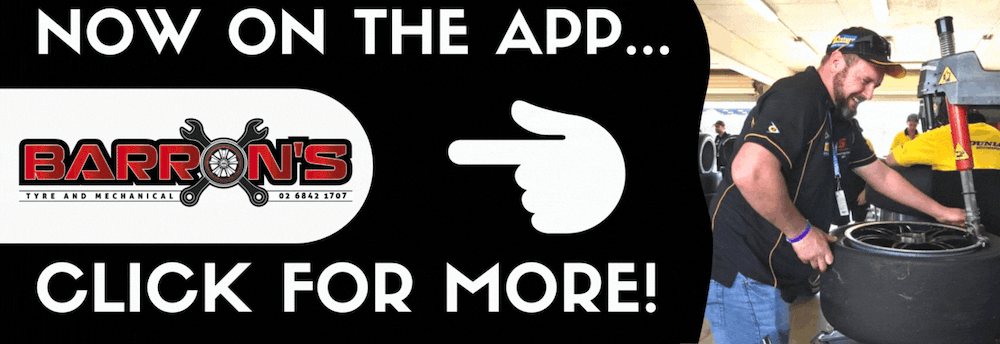Narromine highway black spot for road kill rates in NSW
Marnie Ryan
22 December 2022, 8:10 PM
 Tanya O'Donoghue rescues wildlife from the sides of central west roads. PHOTO: Tanya O'Donoghue.
Tanya O'Donoghue rescues wildlife from the sides of central west roads. PHOTO: Tanya O'Donoghue.NRMA released their annual Wildlife Road Safety Report on 30 November 2022 announcing that over 10 million animals die on Australian roads each year.
Popular highways across the central west topped the list in wildlife collision statistics.
Dubbo's Golden Highway connecting to Dunedoo headed the Animal Collision Data List reaching a total of 689 insurance claims from 2017-2022 and the Mitchell Highway connecting to Narromine has been identified as one of Dubbo's worst black spots for animal collisions.
The NRMA Wildlife Road Safety Report states that kangaroo and wallabies are the most likely to be impacted in a casualty crash, with kangaroos accounting for 92.5 per cent of the top five most commonly hit animals on the road.
Tanya O'Donoghue Warrumbungle Wildlife Rescue and Rehabilitation, rescues wild life from the side of the road across the Central West. She said her work can sometimes be soul destroying.
"Our rehabilitation centre is on call 24/7 and we receive calls daily for catastrophic wild life accidents," Ms O'Donoghue said.
"We are currently looking after eighteen joeys of various sizes, a couple of birds, a blue tongue lizard and more that have all been impacted by motor vehicle accidents. The injured animals just keep on coming and it can be truly soul destroying. It takes a lot of courage to take a life when every life is so precious," she said.
Ms O'Donoghue says she receives frequent calls for baby joeys that have been 'left there to die' after their mothers have been killed during motor vehicle accidents.
"I always carry sedation in the car, so they doze off to sleep, if I cant get them to the vet," she said.
"Our wildlife rescue team are alike front line services for humans. We are constantly facing traumatic situations including mangled bodies, blood, or just the aftermath of animals being hit and left laying there for hours if not days in agony. It is truly a devastating job."
Ms Donoghue urges members of the Central West to show compassion and humanity.
"We as drivers have a huge responsibility to slow down and be careful, particularly during dawn and dusk," she said.
"We should all have the compassion to stop and remove a injured animal, or call your local vet or wildlife rescue team- you know you are going to encounter wildlife whilst driving in the Central West, so it is our responsibility to care for these animals and be careful," Ms Donoghue said.

ABOVE: Kangaroo's accompany for 92.5 per cent of the top five most commonly hit animals on the road. PHOTO: istock photo.
With many Australians this year planning road trips ahead of a restriction-free summer on travel, the NRMA and NRMA Insurance are urging road users to drive safely and be vigilant of the risks of colliding with native wildlife which can result in extensive damage to your vehicle and cause a serious or fatal accident.
NRMA Spokesperson Peter Khoury said it is important drivers minimise the risk of accidents, particularly on rural and remote roads.
“It’s estimated that 10 million animals die on Australian roads every year and what people might not know is that approximately 3% of crashes in regional areas are the result of impact collisions with wildlife," Mr Khoury said.
“We know that driver behaviour is the single biggest contributor to motor vehicle accidents, so more focus needs to be placed on driver education around how to minimise the risk of accidents involving wildlife, particularly when driving on regional and rural roads," he said.




